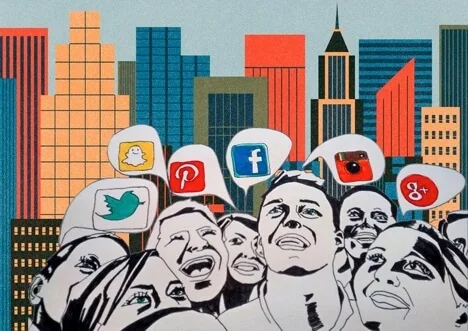Social Media Marketing Trends for Small Business
1. Messaging apps are the new frontier
Messaging apps are a lot more popular than many give them credit for. Half a year ago was the first time that total users among the top four messaging apps was equal to that of the top four social media apps. Messaging apps are more than sending a receiving text messages and making free long-distance phone calls. It is a place where consumers have tailored access to their favorite brands and publications.
For example, take a look at the Discover function on Snapchat, the messaging app where users send timed photo messages to each other that disappear forever when the time runs out. It launched early in the year with 11 publishers, including CNN, that use Discover to advertise headlines and entice readers with “Snaps” that last a few seconds.
Facebook has matured
Facebook is still the leading social media network going into 2016, especially for consumer marketing, but the demographic is changing. Projections show that there will be a 7.6 percent increase in Facebook users who are 65 years old or older, which is the fastest growth of any demographic using the social media site. At the same time, industry insiders are expecting the younger millennial group, aged 18 to 24 years old, to decrease.
Instagram, Twitter, and Tumblr and most appealing to younger generations, but 25 to 35-year-olds are still leading the pack overall. The senior generation that is flocking to Facebook is basically nonexistent on Tumblr and Instagram.
The diverse social media market can benefit small businesses that now have tailored, different platforms to promote themselves. It provides a lot of leverage against large companies that would otherwise have a wider reach than small businesses.
Social media is the new Google
Okay, it may not be the new Google because Google is still king, but social media (and even Amazon) is adopting some of the functionality. Reports show that nearly 90 percent of consumers that use the internet are largely influenced by peer reviews and consumer comments. They turn to social networks like YouTube and Facebook, and apps like Yelp. Pinterest came out as a surprising marketing engine in the social media landscape, but when you think of the demographic it is not that surprising. The primary Pinterest user is a woman in her 30’s that have young families. This is also the national demographic that does most of the shopping.




